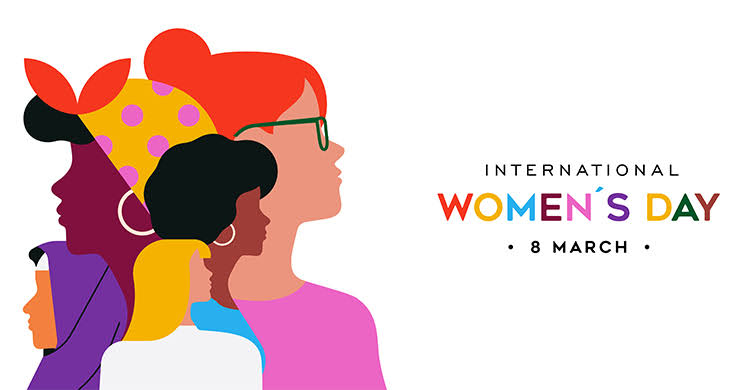What is International Women’s Day?
International Women’s Day (IWD) is celebrated annually on March 8 to recognize and honor the achievements of women worldwide in social, economic, cultural, and political spheres. It is also a day to raise awareness about gender equality, women’s rights, and the challenges that women continue to face.
History of International Women’s Day
The origins of International Women’s Day can be traced back to the early 20th century, when women started demanding better working conditions, voting rights, and equal opportunities.
- 1908: 15,000 women marched in New York City, demanding shorter working hours, better pay, and voting rights.
- 1909: The first National Women’s Day was observed in the United States on February 28.
- 1910: At the Second International Socialist Women’s Conference in Copenhagen, Clara Zetkin, a German activist, proposed the idea of a global Women’s Day.
- 1911: The first International Women’s Day was celebrated on March 19 in Austria, Denmark, Germany, and Switzerland.
- 1913-1917: The date was officially changed to March 8, and in 1917, Russian women’s protests led to major political changes, including the right to vote.
- 1975: The United Nations officially recognized International Women’s Day and started celebrating it globally.
Significance of International Women’s Day
International Women’s Day is important because it:
• Highlights gender inequality and the need for equal rights.
• Recognizes the achievements of women in different fields.
• Raises awareness about violence, discrimination, and challenges faced by women.
• Encourages policymakers, organizations, and governments to take steps towards gender equality.
International Women’s Day 2024 Theme
Each year, the UN announces a theme for International Women’s Day. The 2024 theme is:
“Invest in Women: Accelerate Progress” – This theme focuses on investing in women’s education, healthcare, and economic empowerment to create a fair and just society.
How is International Women’s Day Celebrated?
Global Events: Conferences, panel discussions, and summits are held to discuss gender equality.
Social Media Campaigns: Hashtags like #IWD, #EachForEqual, and #EmbraceEquity trend worldwide.
Rallies and Marches: Women and activists participate in demonstrations to demand equal rights.
Corporate Initiatives: Many companies organize workshops, leadership programs, and policies for women’s empowerment.
Honoring Women: Awards and recognition are given to women achievers in different sectors.
Educational Programs: Schools and universities conduct seminars and discussions on women’s rights.
How to Support International Women’s Day?
• Educate yourself and others about gender equality.
• Support women-owned businesses and female entrepreneurs.
• Encourage women’s leadership in workplaces and communities.
• Speak out against discrimination and violence against women.
• Promote equal pay and workplace rights for women.
Conclusion
International Women’s Day is a powerful reminder that while progress has been made, there is still a long way to go in achieving gender equality. By celebrating women’s achievements and addressing challenges, we can create a more inclusive and equitable world for everyone.







